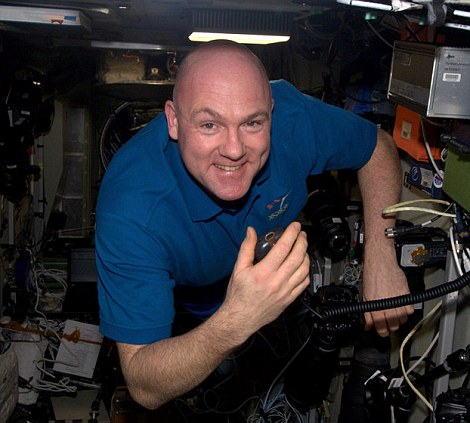
An astronaut on the International Space Station has designed a ‘tripod’ for taking spectacular night-time pictures of Earth – quite a technical feat when you’re on board an orbiting craft that moves at more than four miles a second.
Andre Kuipers installed ‘Nightpod’ – a motorised camera that compensates for the hurtling speeds of the ISS, by tracking points on Earth’s surface. The results are some of the most spectacular pictures ever taken from space.
Astronauts aboard the International Space Station are regularly treated to a spectacular view of cities on Earth lit up at night – ut the relative speed of the space station meant any photos taken at night were blurred.
In late 2002 and early 2003, however, astronaut Don Pettit, part of Expedition 6, constructed a device called a barn-door tracker using spare parts from around the space station.
Any amateur photographer knows the problems of taking pictures at night: the low shutter speeds required to capture enough light make images prone to camera shake. Blurry and unsharp pictures are the result. Professional photographers use tripods to steady their camera and take clearer pictures.
Even if the camera is perfectly still, the Station moves so fast any images of Earth at night will still look blurred.
ESA astronaut Paolo Nespoli took many breath-taking images of our planet at night during his MagISStra mission last year, from Cupola, the European observation module on the Space Station. He had to estimate the correct speed to move his camera and compensate by hand, a difficult task at the best of times.
To help astronauts take better pictures, ESA developed a motorised tripod in collaboration with Dutch company Cosine. Called NightPod, this device compensates for the motion of the Space Station by tracking single points on Earth automatically. The subject stays centred in frame so the final image is in focus.
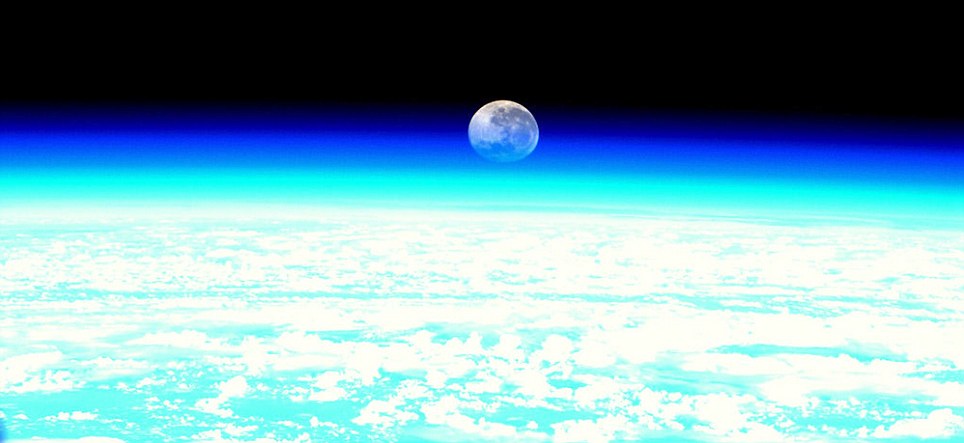
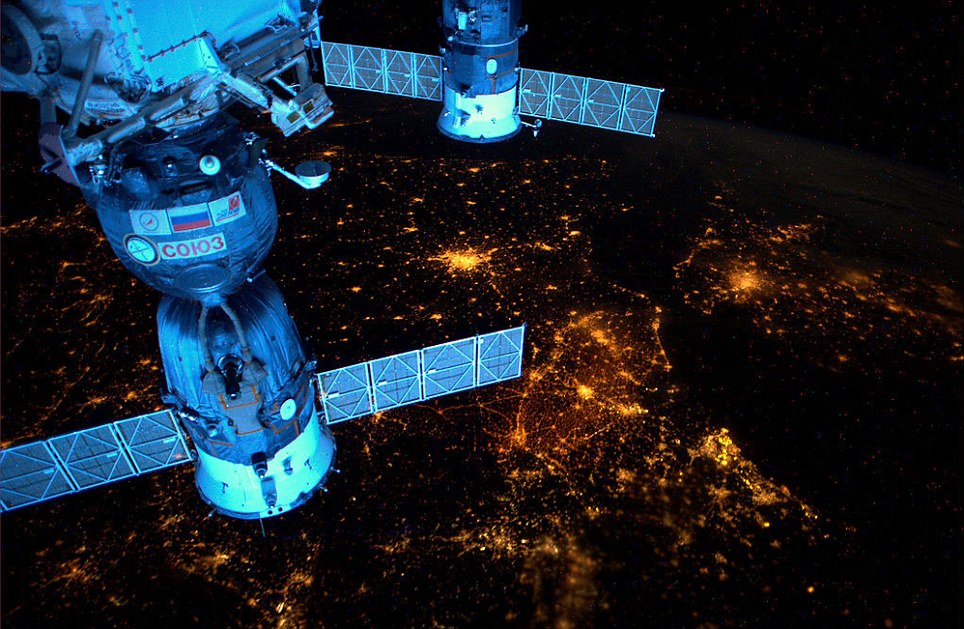
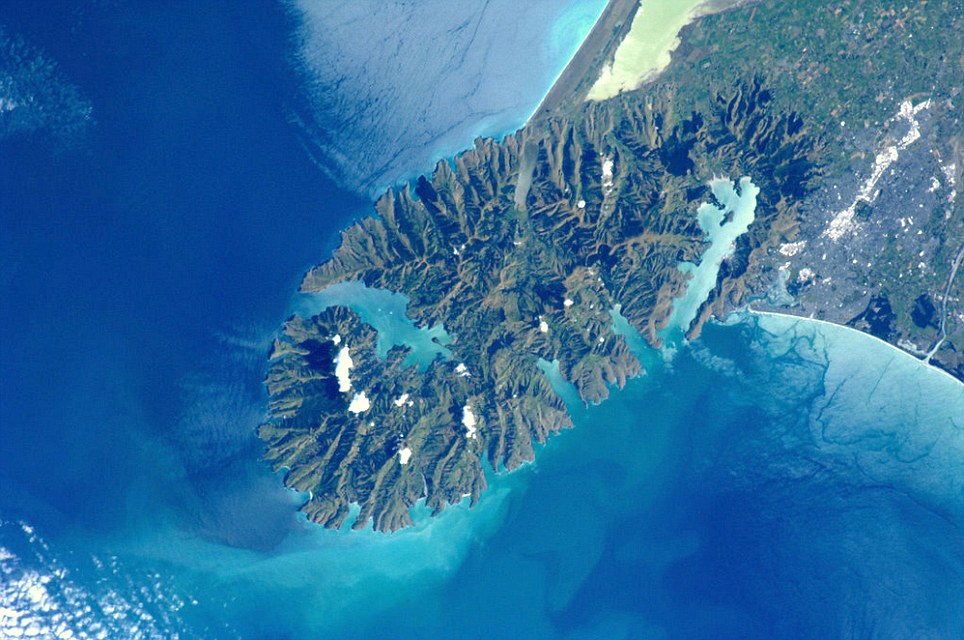
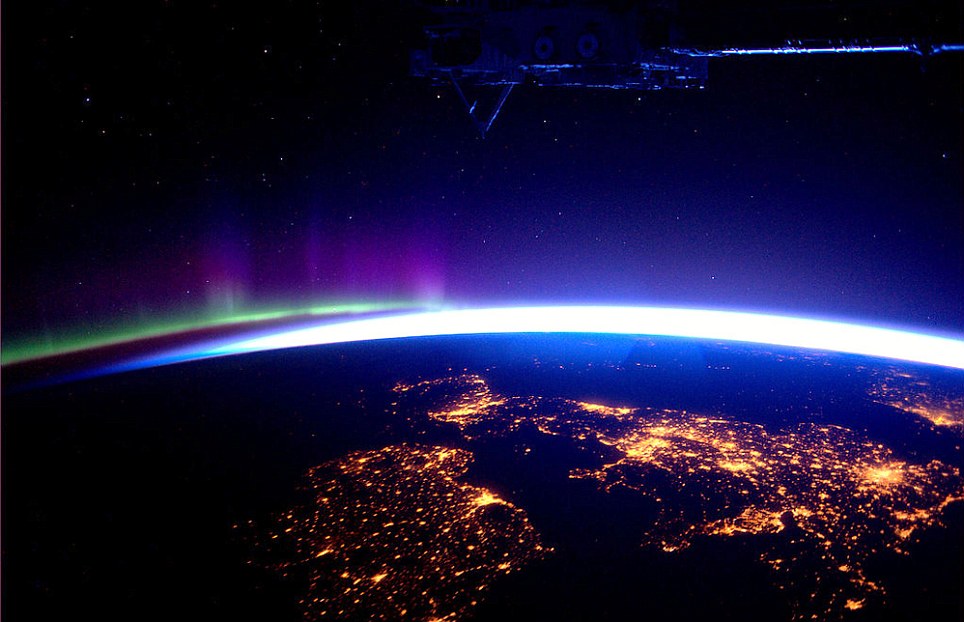
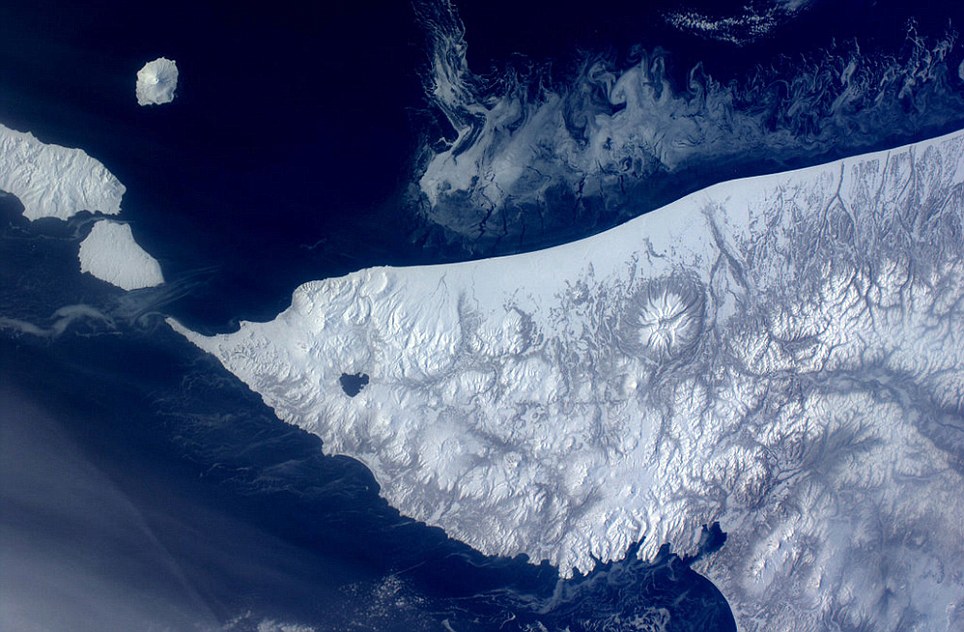
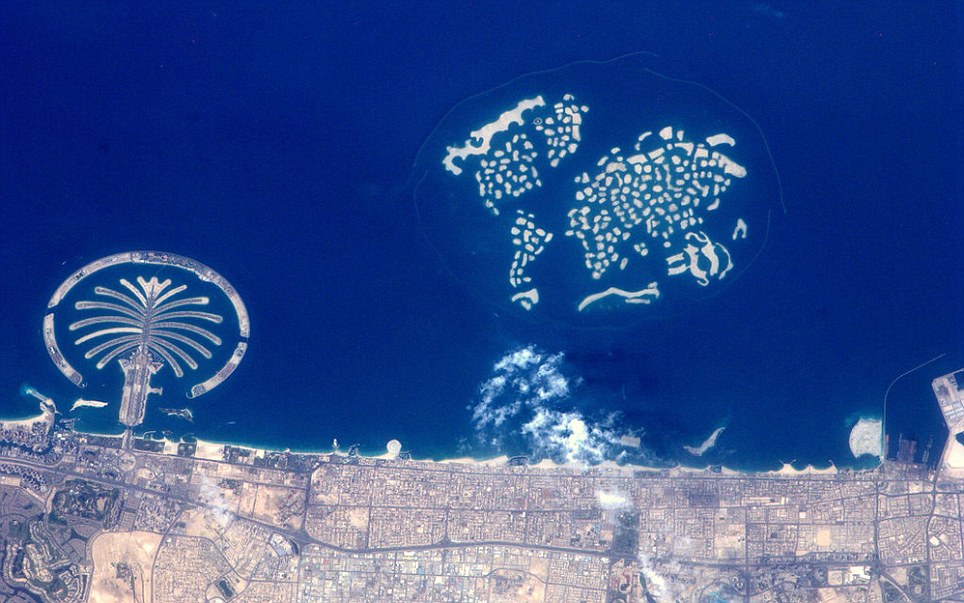
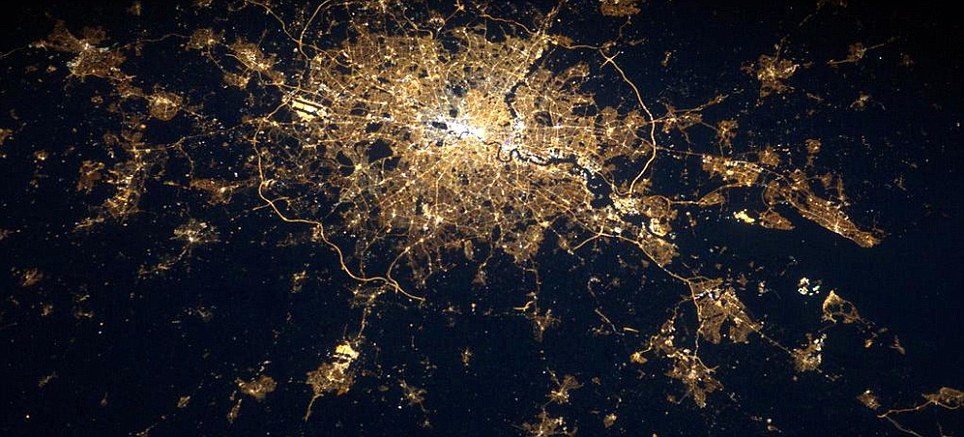
RELATED ARTICLES
- Geert Wilders Fails to Secure Prime Minister Position Despite Major Win
- EU conservative leaders Meet in Romania for Reelection and Victory lap
- Eritrean Gangs Wage War on the Streets of Hague, Netherlands
- Scientists Warn Europe Could Enter Ice Age if Gulf Stream Collapses
- Europe Bursts into Flames, Police Unable to Hold Back Anymore As Riots Intensify











